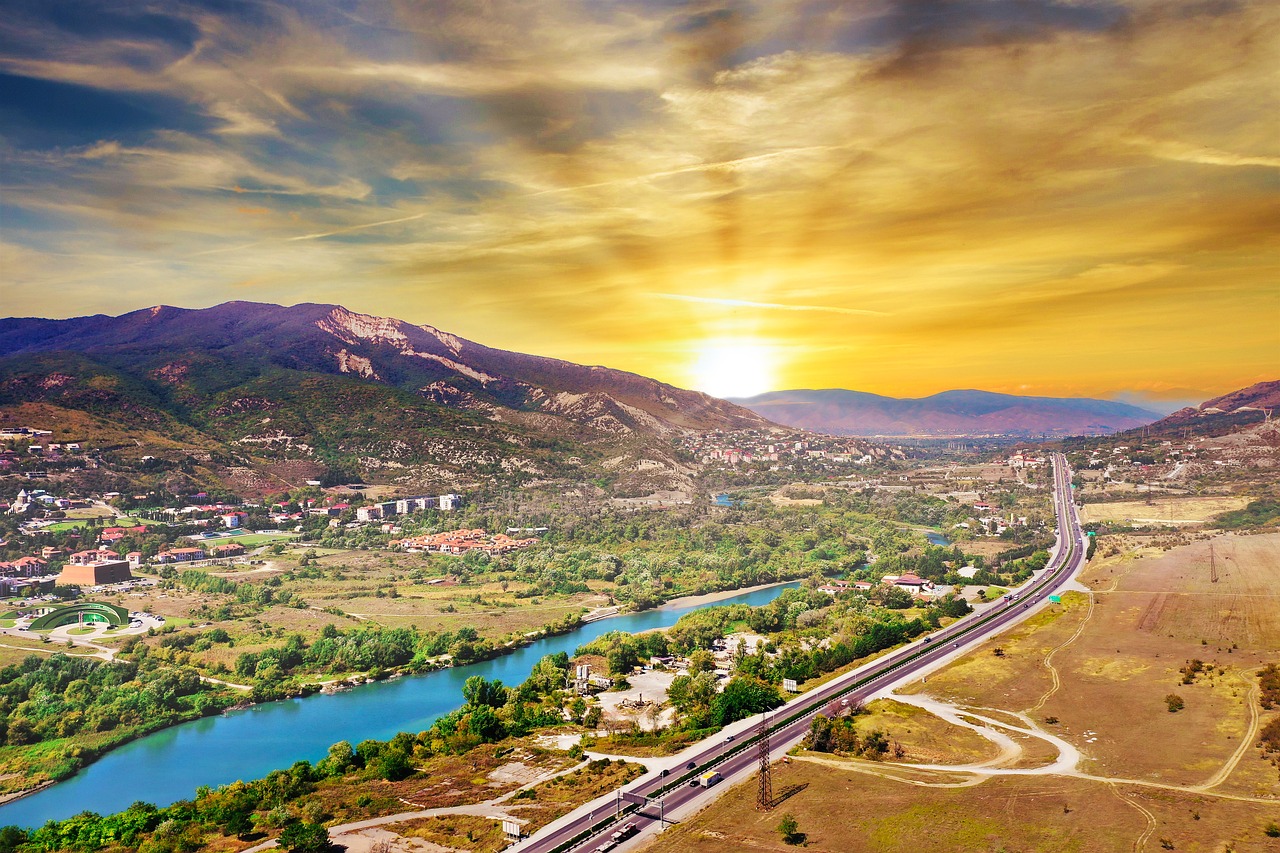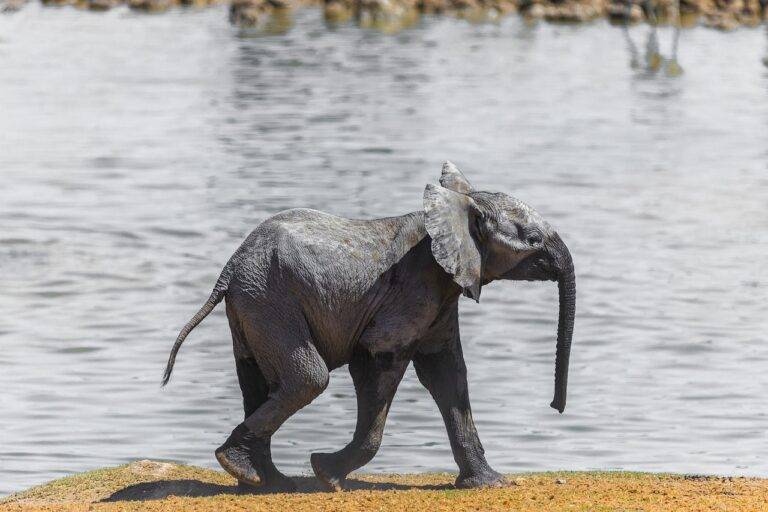Exploring Deserts and Dunes: Adventure Travel Destinations
Deserts, spanning vast stretches of barren landscapes, have long captivated the interest of explorers, scholars, and nature enthusiasts alike. These arid regions, characterized by minimal precipitation and extreme temperatures, harbor a unique beauty and pose formidable challenges to both flora and fauna that manage to thrive in such harsh conditions. From the scorching sands of the Sahara to the icy expanses of Antarctica, deserts come in various forms and present a diverse array of geographical features and adaptations.
In this article, we delve into the mesmerizing world of deserts, exploring the different types that exist across the globe and shedding light on the fascinating ecosystems that have evolved to withstand the unforgiving conditions of these arid regions. Join us on a journey through the enchanting sands of deserts, where life finds a way to not only survive but also flourish in the most unexpected ways.
Types of Deserts Around the World
Deserts are diverse ecosystems found around the world, each unique in its own way. One common type is a hot desert, characterized by high temperatures, minimal rainfall, and sandy landscapes. The Sahara Desert in Africa is one of the largest hot deserts globally, covering vast stretches of land and featuring iconic sand dunes.
Another type of desert is the cold desert, marked by cold temperatures, sparse vegetation, and rocky terrain. The Gobi Desert in Asia is an example of a cold desert, where winter temperatures can drop below freezing, and snowfall is not uncommon. Despite the differences in climate and geography, deserts play a crucial role in the global ecosystem and are home to a wide variety of plant and animal species adapted to their harsh environments.
What are the different types of deserts around the world?
There are four main types of deserts: hot deserts, cold deserts, coastal deserts, and semi-arid deserts.
Where are hot deserts typically found?
Hot deserts are typically found near the equator, in regions such as the Sahara Desert in Africa, the Arabian Desert in the Middle East, and the Mojave Desert in the United States.
Can you give an example of a cold desert?
The Gobi Desert in Asia is an example of a cold desert, characterized by its low temperatures and sparse vegetation.
What are coastal deserts and where are they located?
Coastal deserts are deserts that are located near coastlines, such as the Atacama Desert in Chile and the Namib Desert in Namibia.
What defines a semi-arid desert?
Semi-arid deserts are characterized by their low precipitation levels, but they receive slightly more rain than other types of deserts, allowing for some vegetation to grow. An example of a semi-arid desert is the Great Basin Desert in the United States.
How do these different types of deserts vary in terms of climate and vegetation?
Hot deserts have high temperatures and low precipitation, leading to sparse vegetation. Cold deserts have low temperatures and little precipitation, while coastal deserts are influenced by ocean currents and have unique plant and animal life. Semi-arid deserts receive slightly more rain, allowing for some vegetation to grow.





